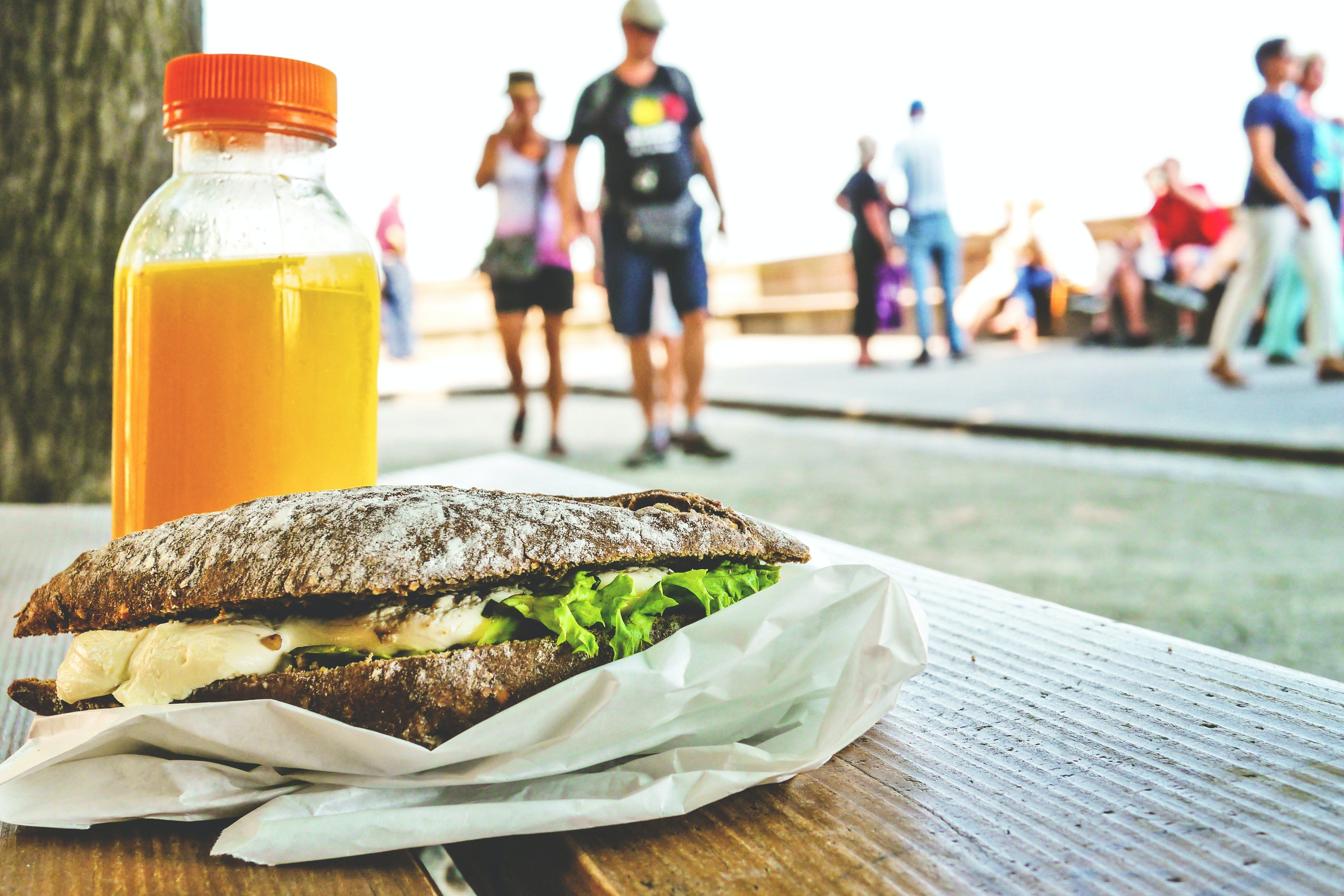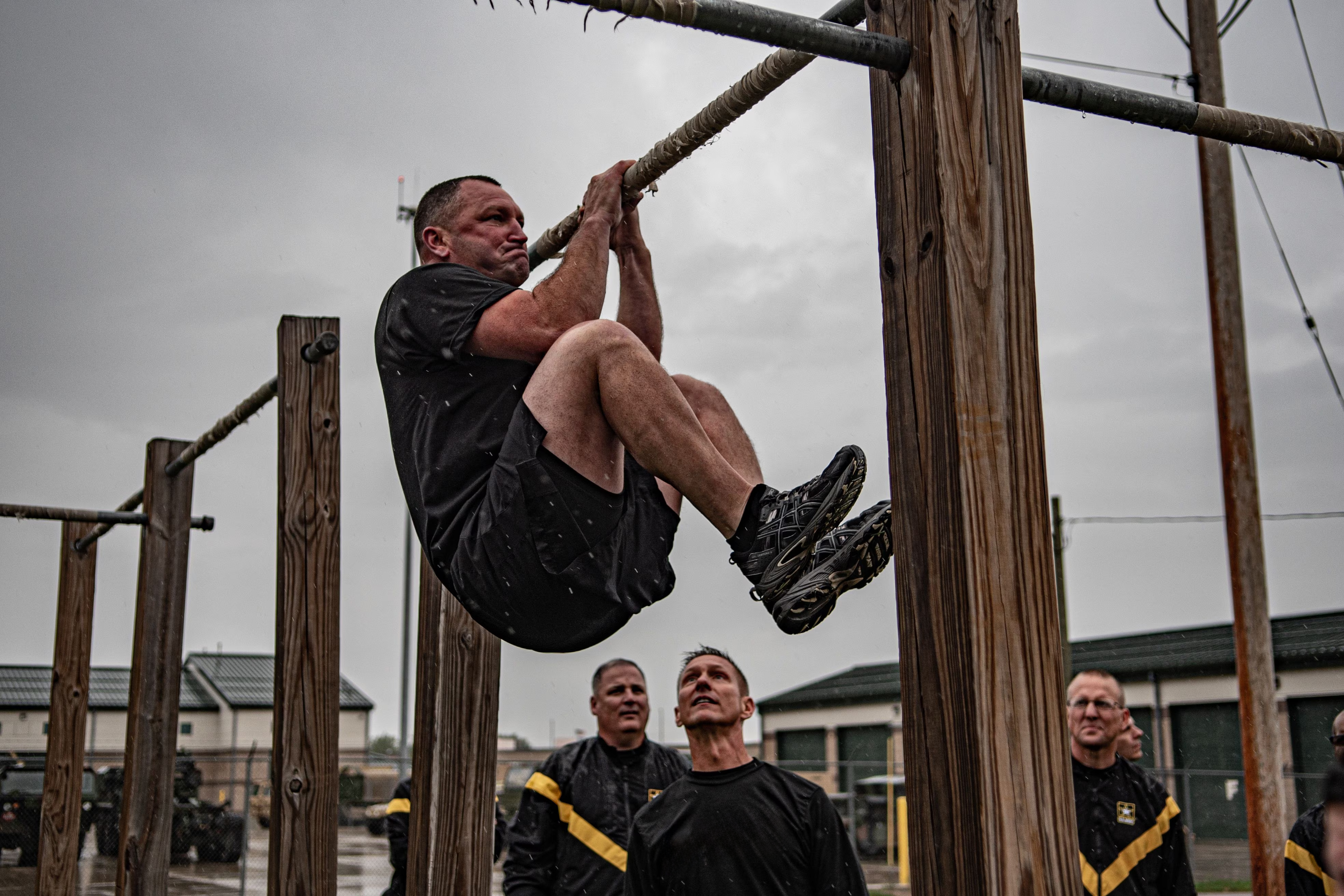Endurance Nutrition: Are You Fueling for Long Runs?

Endurance athletes face a unique dilemma during training and competitions. Their races are so long that their bodies can effectively burn through all their energy stores unless proper attention is given to fueling up before and even during competition. Not surprisingly, athletes can have trouble pairing a long, grueling race with eating and drinking. Let’s look at how you can replenish muscle glycogen stores and why pre-run fuel is essential to your performance.
Running in a Fasted State
Many runners head out their front door for a long run without anything on their stomach. This is known as running in a fasted state. The reasoning behind this is as follows: a lack of glycogen as an energy source will force the body to burn through fat to provide energy in the form of ketone bodies, and if done consistently, will teach the body to be more efficient at using ketone bodies for fuel, thereby avoiding the issue of ingesting glucose at all. This seems convenient, and some runners swear by this as it helps them avoid stomachaches from ingesting glucose before or during a run.
However, the opposing argument calls out some simple physiological facts. Your body preferentially burns through glucose first, then muscle (protein), and last of all, fat. Even endurance athletes require moderate muscle mass to support their bodies through long races. Training on an empty stomach can inhibit muscle development, and may even inhibit your speed and technique. In addition to causing muscle depletion, prolonged lack of glucose can send the athlete into a state of physical shut down, commonly referred to as “bonking”. The body will always preferentially divert energy to the brain first, then to other vital organs and skeletal muscle. When bonking occurs, the muscles required for running will therefore be the first place to shut down as usable energy effectively gets shunted to the brain. Shortly thereafter, a state of mental fogginess ensues as even the brain runs low on energy sources. Most importantly, the brain prefers to run on glucose rather than ketone bodies because it is the most efficient fuel source.
Running in a Fueled State
Many runners also prefer to run in a fueled, or fed, state. This means fueling up with some sort of carbohydrate about 30 minutes to an hour prior to running. Athletes vary tremendously on their pre-run meals. Even something as small as a piece of toast with peanut butter can do the trick. Runners who have trouble putting anything on their stomach should try eating something small before a steady run early in their training, and try to gradually include food more often into the pre-run routine to acclimate the stomach to this pattern. By race day, you will be in the habit of fueling up for runs and have more accessible energy to race with.
Refueling Mid-Run
While some athletes can get through a half marathon decently well without much refueling, the marathon is a whole other beast. Marathon runners can train themselves to refuel mid-race by using the gels, chews, and fluids that deliver the optimal amount of glucose and salt with the minimal effect on the digestive system. Any athletic store and most grocery stores carry a variety of these gels and chew tablets. Try them in a training session before you attempt it in a race. Make sure to ingest the glucose early enough so you avoid bonking altogether. The primary goal is for runners and other endurance athletes to try different refueling mechanisms until they find the combination that works for them. Ingesting a balance of salt and glucose to replace lost electrolytes and energy is a start, but too much salt or sugar can cause dehydration. Especially mid-run, athletes must be conservative with the volume of salt tablets or glucose sources they ingest…and this takes practice.
Endurance athletes should give pre-run and mid-run nutrition as much attention as they do to recovery nutrition. How you fuel up for long races can make all the difference in your performance, so start honing your fueling strategies now!
If you liked this post, be sure to check out our nutrition page for related articles, and find more BridgeAthletic training tips here!
Related Posts

Supplement Safety with Tactical...
Dietary supplements seem like the "magic pill" a tactical operator needs to perform better,...

Eating Healthy on the Go: Tips for Busy...
It's no secret that tactical professionals have weird schedules. So why do health professionals...

Post-Training Nutrition for Tactical...
Eating after a workout can be a challenge for tactical professionals. Having grab-and-go fuel...



